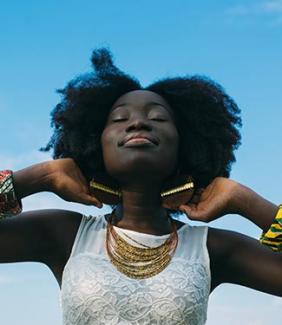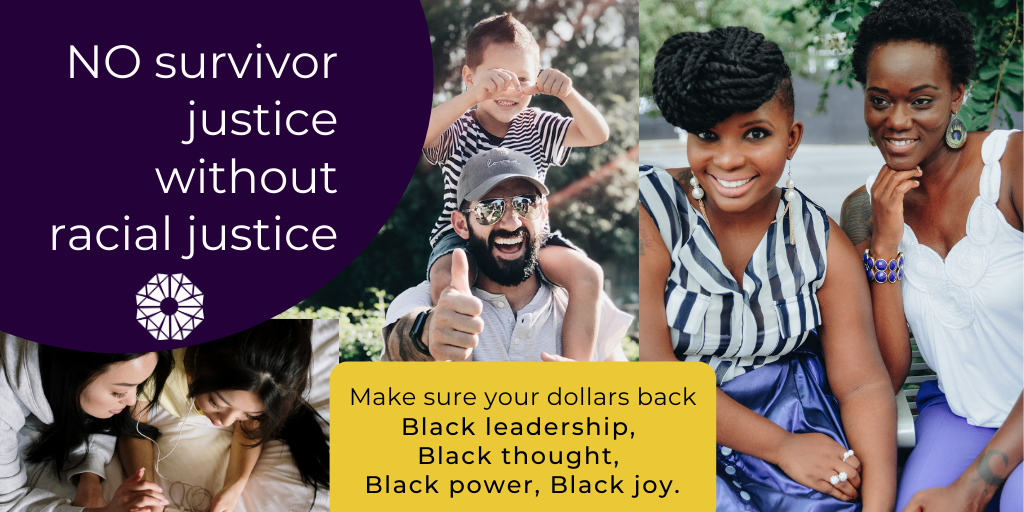By Patty Branco, Senior Technical Assistance and Resource Specialist with the National Resource Center on Domestic Violence
“If Black women were free, it would mean that everyone else would have to be free since our freedom would necessitate the destruction of all the systems of oppression.” – Combahee River Collective
As a writer, adrienne maree brown believes it’s important to always name “where she enters the conversation.” Naming her identity and lineage gives agency and data to her readers. As she notes: “I don’t want to pretend that my perspective is, should be, or could ever be universal.” That said, I enter this conversation as a Black mixed-race woman. And I draw upon my lived experiences as an Afro-Latinx immigrant, advocate and survivor, among other identities.
In this Technical Assistance Question of the Month (TAQ), I share select highlights from a newly released paper on health equity co-authored by staff at the National Resource Center on Domestic Violence (NRCDV) and the National Sexual Violence Resource Center (NSVRC). Black women were integral to the leadership, visioning, writing, and editing of the paper. We know that our efforts will benefit everyone when we center those who are most harmed. When we center Black women, especially dark-skinned, poor, disabled, queer and trans folks, we find liberation for all of us.
The referenced paper, Back to Basics: Partnering with Survivors and Communities to Promote Health Equity at the Intersections of Sexual and Intimate Partner Violence, is available at VAWnet.org and nsvrc.org.
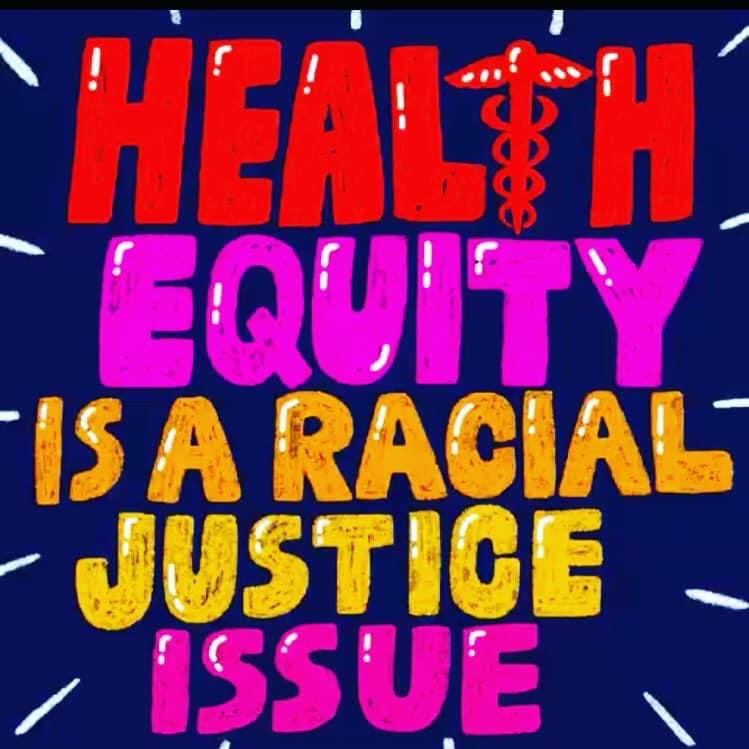 Why health equity?
Why health equity?
Health is a basic human right and need. In our efforts to promote safety and well-being for all, we strive for health equity. That is, a society where every person, no matter who they are, has a chance to be as healthy as possible. While health equality may also be a common goal, it is different from health equity in an important way. Equality means giving everyone the same access to resources and opportunities. Equity takes social injustice into account. This helps us understand that individuals and communities have different needs. These needs depend on lived experiences of oppression and/or privilege. Different needs call for different levels of support and resources.
Health equity has to do with overall health and quality of life. It encompasses mind, body, and spirit. This helps understand the holistic approach in which advocates, especially in Black communities, operate within and lead with.
To achieve health equity, we must create healthy environments for people to live, learn, work, love, worship, play, and age. These conditions are the Social Determinants of Health (SDOH). They help us understand how our environments impact our health, and why some communities have better access to the things that promote good health. A key factor driving health inequity in the United States is racism. The Centers for Disease Control and Prevention denounces racism as a serious threat to the public's health. Health equity is a racial justice issue.
In our work to prevent domestic and sexual violence, we share a vision. This vision is a world where individuals, families, and communities thrive. To realize this vision, we must create environments that provide every person with the chance to enjoy good health. This means that health equity is our work.
Why center Black women?
Kelli is a survivor of domestic violence who was incarcerated after killing her abuser in self-defense. While she was in prison, doctors sterilized Kelli against her will by performing a hysterectomy without her consent during a routine surgery to remove ovarian cysts.
Sadly, stories like Kelli’s are countless and widespread. Health inequities in the United States have deep roots in anti-Blackness. Anti-
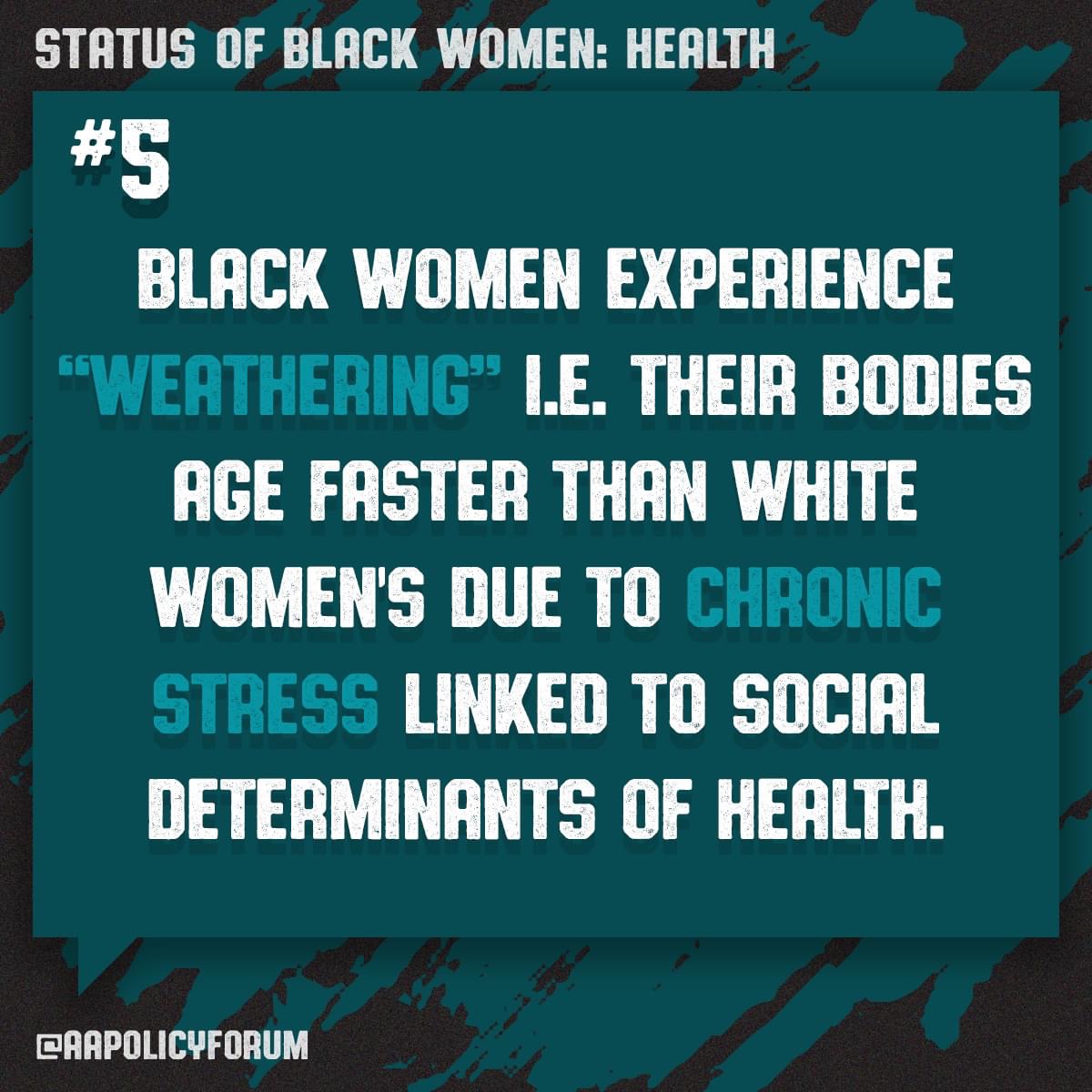 The use of enslaved women in forced experiments sheds light into a long history of anti-Blackness in the medical field. This happens within a context of Black women being denied victimhood, personal agency, and control over their own bodies.
The use of enslaved women in forced experiments sheds light into a long history of anti-Blackness in the medical field. This happens within a context of Black women being denied victimhood, personal agency, and control over their own bodies.- The racist notion that Black people experience less pain than white people is still prevalent. This belief influences the quality of medical care that Black women receive.
- Inadequate health care leads to various reproductive health issues facing Black people. Black women are two to three times more likely to die from pregnancy-related causes than white women.
- Domestic and sexual violence harm Black women at alarming rates. Black women are more likely to die by intimate partner homicide than women of other races/ethnicities.
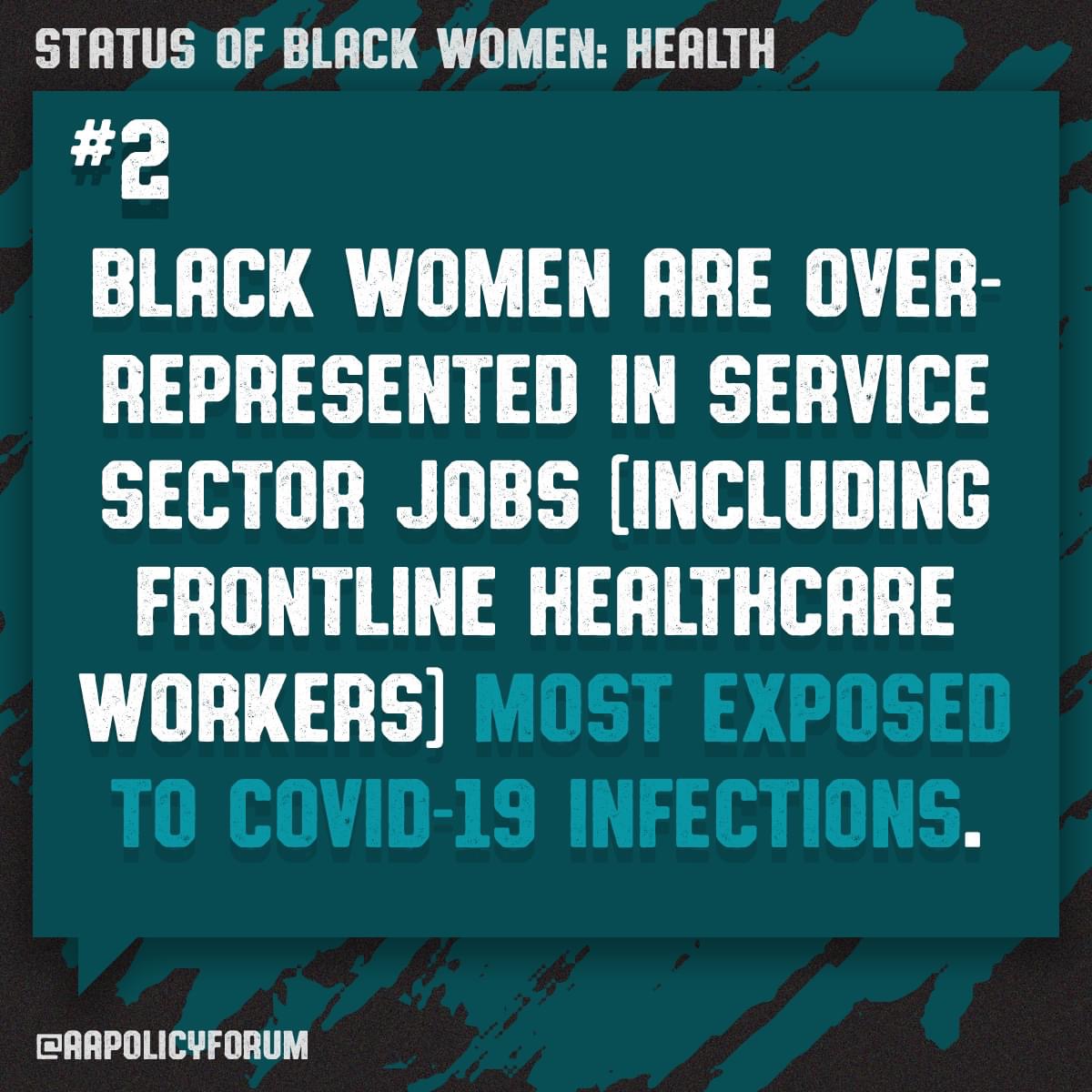 The COVID-19 pandemic has magnified systemic racial and gender inequities. These include inequities within the U.S. health care system. To learn more, see Why Is the Pandemic Killing So Many Black Americans?
The COVID-19 pandemic has magnified systemic racial and gender inequities. These include inequities within the U.S. health care system. To learn more, see Why Is the Pandemic Killing So Many Black Americans?
Black Americans are dying of COVID-19 at three times the rate of white people.
- 1 in 4 Black women know someone who has died from COVID-19, and 44% know someone who has contracted the coronavirus.
- When COVID-19 vaccinations rolled out, Black Americans had less access to the vaccine as compared to white Americans. For additional context, see Racial Equity and Vaccine Distribution.
In other words, COVID-19 lays bare the preexisting conditions impacting Black women in our society. These include intersectional and structural inequities. This webinar by the African American Policy Forum (AAPF) sheds light on these issues.
What does health equity look like in practice?
We dream of a world where health equity is a reality for Black women and girls. And we can create that world when we center those most impacted in our violence prevention work. The action steps below offer concrete ways to actualize this commitment.
Listen to Black women, including trans women, and Black non-binary individuals. Respectful listening includes hearing multiple voices and compensating those who share. We must make this commitment at every level of decision-making around issues that impact health and well-being. If you are not Black, start by listening. Your Black colleagues have been sharing their stories, lived experience
Prioritize Black women who are most marginalized. Amplify and center the voices and lived experiences of Black women who are most oppressed. These include Black women who are trans, incarcerated, undocumented, sex workers, and those who are Deaf, living with disabilities, or living with HIV. As U.S. Rep. Ayanna Pressley has said, “those closest to the pain should be closest to the power.”
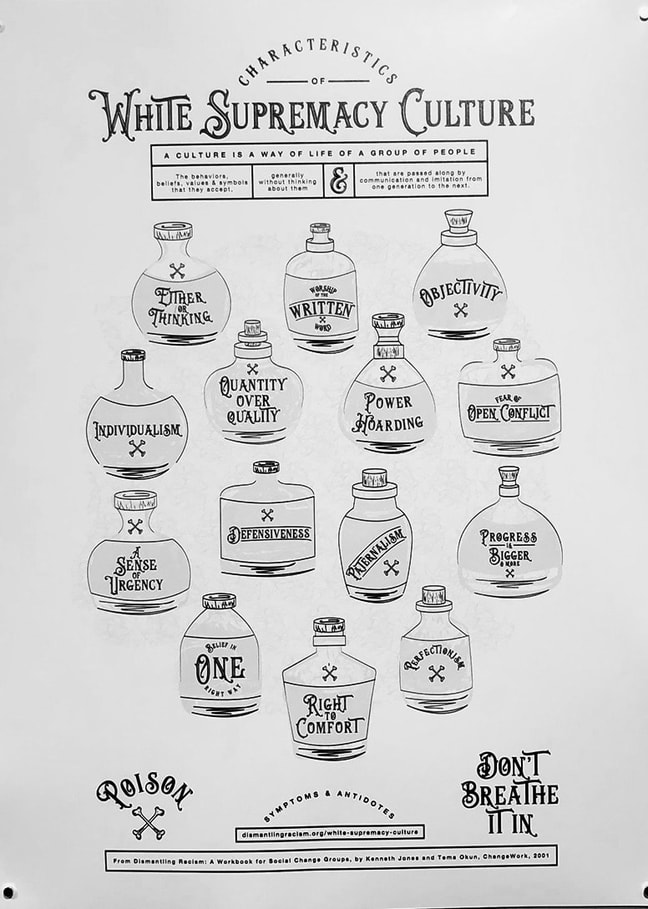 Commit to dismantling white supremacy. White supremacy is embedded in American culture. As a result, we internalize both racial superiority and oppression. We must understand the ways in which white supremacy culture shows up in ourselves and our organizations. Dismantling it is a life-long journey. At its core, the work of our movement to end gender-based violence is to dismantle systems of oppression. But the movement has also perpetuated anti-Blackness and white supremacist practices. And our agencies continue to cause harm and create barriers to equity – for both advocates and survivors. This shows up in many ways. For example, white women hoard power and ally with systems that oppress Black women. We must be willing to take a hard and honest look at these areas. This inward-facing work is necessary to build our capacity to impact larger systems change. See the call to action from Arlene Vassell, HERE and there: An open letter to white women in the movement to end gender-based violence.
Commit to dismantling white supremacy. White supremacy is embedded in American culture. As a result, we internalize both racial superiority and oppression. We must understand the ways in which white supremacy culture shows up in ourselves and our organizations. Dismantling it is a life-long journey. At its core, the work of our movement to end gender-based violence is to dismantle systems of oppression. But the movement has also perpetuated anti-Blackness and white supremacist practices. And our agencies continue to cause harm and create barriers to equity – for both advocates and survivors. This shows up in many ways. For example, white women hoard power and ally with systems that oppress Black women. We must be willing to take a hard and honest look at these areas. This inward-facing work is necessary to build our capacity to impact larger systems change. See the call to action from Arlene Vassell, HERE and there: An open letter to white women in the movement to end gender-based violence.
Invest tangible resources in respectful health equity partnerships. Black women-led and community-based organizations working on health equity are essential. When a mutually beneficial partnership is formed, invest financial resources to support collaboration that moves health equity work forward. Compensate Black women for their time, expertise, leadership, and storytelling. Engage respectfully, with consideration for the increasing demands on Black women’s time and energy.
Additional recommendations for centering health equity for Black women are included in the newly released paper, Back to Basics: Partnering with Survivors and Communities to Promote Health Equity at the Intersections of Sexual and Intimate Partner Violence.
Conclusion
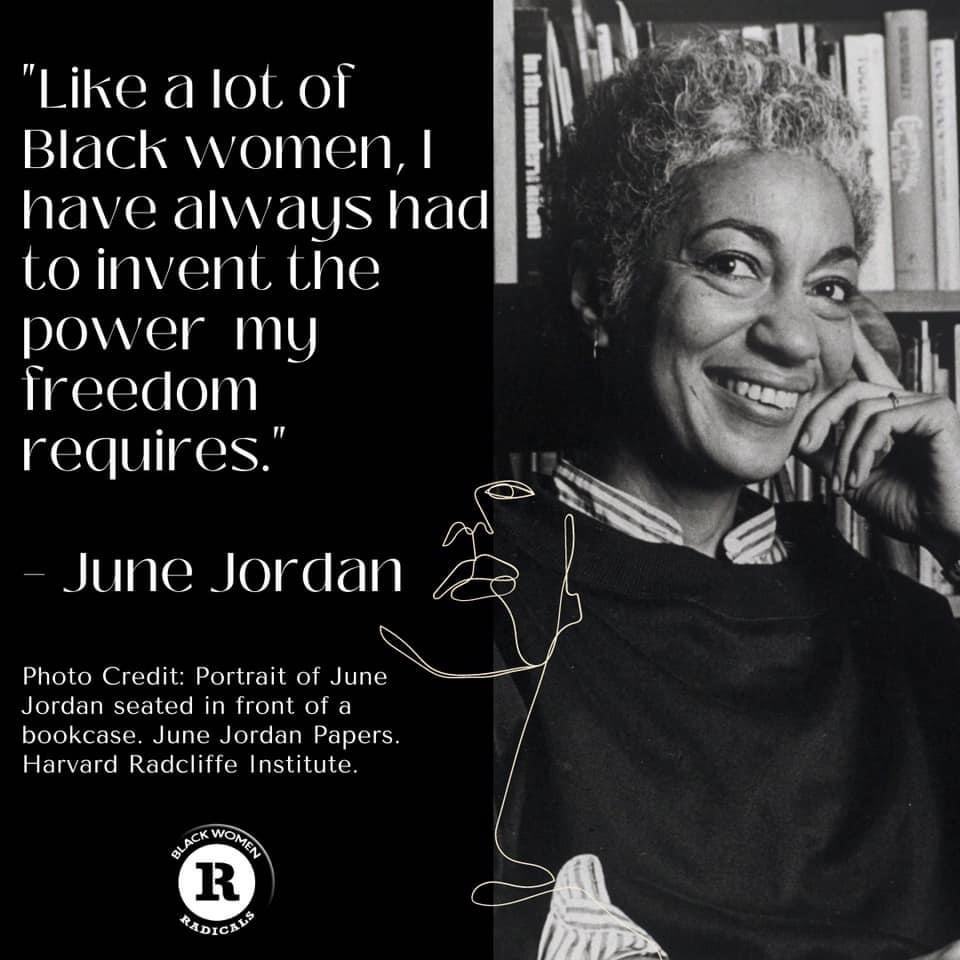 As you center Black women in your health equity efforts, keep in mind that this work is not only about addressing trauma and oppression. It is also about acknowledging and celebrating the fullness of Black womanhood and humanity. It includes honoring Black joy, creativity, resilience, and liberation. Throughout history, Black women have always resisted and persevered. We have a long, rich tradition of leading and organizing against violence and oppression – across the U.S. and abroad. As June Jordan so powerfully put it, Black women have always invented the power that our freedom requires.
As you center Black women in your health equity efforts, keep in mind that this work is not only about addressing trauma and oppression. It is also about acknowledging and celebrating the fullness of Black womanhood and humanity. It includes honoring Black joy, creativity, resilience, and liberation. Throughout history, Black women have always resisted and persevered. We have a long, rich tradition of leading and organizing against violence and oppression – across the U.S. and abroad. As June Jordan so powerfully put it, Black women have always invented the power that our freedom requires.
For more information:
#1Thing you can do to center health equity and racial justice in your work is to learn from, partner with, and amplify the work of these Black-led organizations. This list (organized in alphabetical order) is not exhaustive, but it is a starting point.
- The Afiya Center
- The African American Policy Forum (AAPF)
- The Asha Project
- Black Alliance for Just Immigration (BAJI)
- Black and Pink
- Black Feminist Future
- Black LGBT Migrant Project
- Black Mamas Matter Alliance
- Black Women’s Blueprint
- Black Women’s Health Imperative
- Black Women for Wellness
- Black Youth Project
- BEAM
- eleven24
- For the Gworls
- Girls for Gender Equity
- Healthy Actions Intervening Responsibly
- Liberation Medicine School
- A Long Walk Home
- Mothering Justice
- National Birth Equity Collaborative
- The Okra Project
- Parenting for Liberation
- Priceless Incite
- Black Resilience Fund
- The Safe Sisters Circle
- Sasha Center
- Sista Afya
- Sister Love, Inc.
- Sister Reach
- Sister Song
- S.O.U.L Sisters Leadership Collective
- The Swan Center for Advocacy
- TooREL Institute
- Ujima










